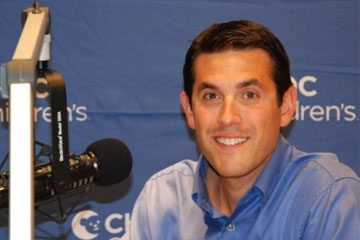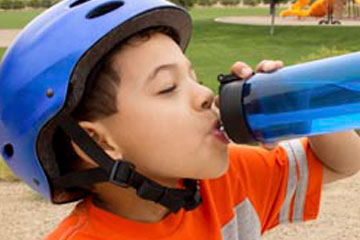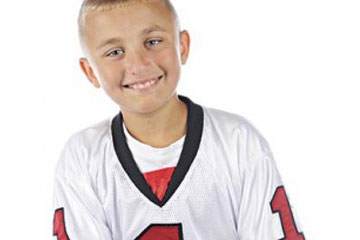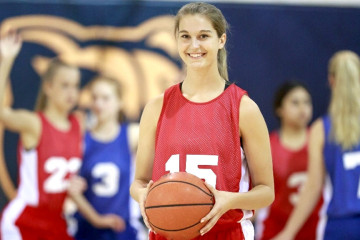Sports Injury Prevention
Almost one-third of all injuries incurred in childhood are sports-related. With year-round sports participation and an intense competitive environment, Southern California’s young athletes are at even greater risk.
Most injuries can be prevented by proper training, protective gear and spreading out athletic activities so that parts of the body are not overused. It’s also important that athletes who sustain an injury have adequate rehabilitation and down-time, to minimize further problems.
Preventing Sports Injuries and Overuse Syndrome
To prevent a sports injury, follow these tips:
- Have a pre-season physical to identify risks for injury.
- Don’t play one sport year-round.
- Follow an exercise program to strengthen muscles.
- Gradually increase your performance level without overdoing it.
- Wear properly fitted gear such as a helmet, elbow guards, goggles, face mask, mouth guard, pads and appropriate shoes.
- Warm up and cool down before and after a sports activity.
- Maintain a healthy diet. Stay hydrated.
- Take a break if you are injured or tired. Don’t play through pain.
In this CHOC Radio expert interview, orthopaedic surgeon Dr. John Schlechter talks about overuse injuries in children who may be focusing too much on one sport. Listen to this podcast.
Playing sports is a lot of fun. Getting hurt is not. Take these five steps to prevent injuries so you can stay in the game.
Most injuries take 12 to 16 weeks to heal, but most children start feeling better and tend to go back to sports too soon. Learn tips for recovering from common injuries.
Non-surgical treatment for sports injuries, including ultrasound-guided injections, are now available at CHOC. Learn more about our program expansion.
Frequently Asked Questions
Videos: How to Stretch Properly
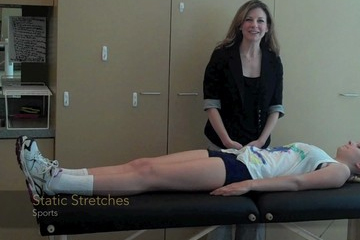
In this video, Mollee Smith, Physical Therapist at CHOC, helps to demonstrate sports static stretches to help prevent sports injuries.
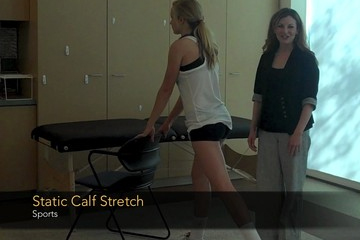
How to properly perform the static calf stretch is demonstrated by Mollee Smith, Physical Therapist at CHOC.
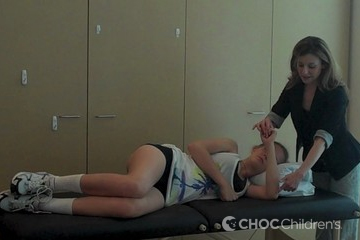
How to properly perform the sleeper stretch is demonstrated by Mollee Smith, Physical Therapist at CHOC.
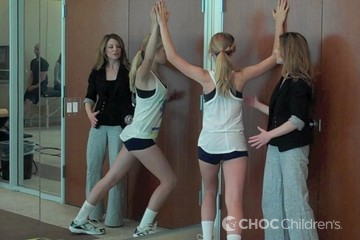
In this video, Mollee Smith, Physical Therapist at CHOC, helps to demonstrate the pectoralis stretch in the corner.
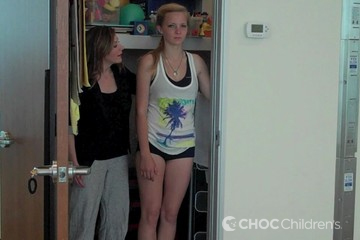
In this video, Mollee Smith, Physical Therapist at CHOC, helps to demonstrate the doorway pectoralis stretch.
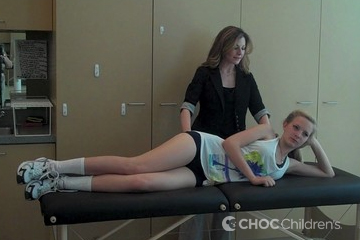
How to properly perform static quadracep stretches is demonstrated by Mollee Smith, Physical Therapist at CHOC.
